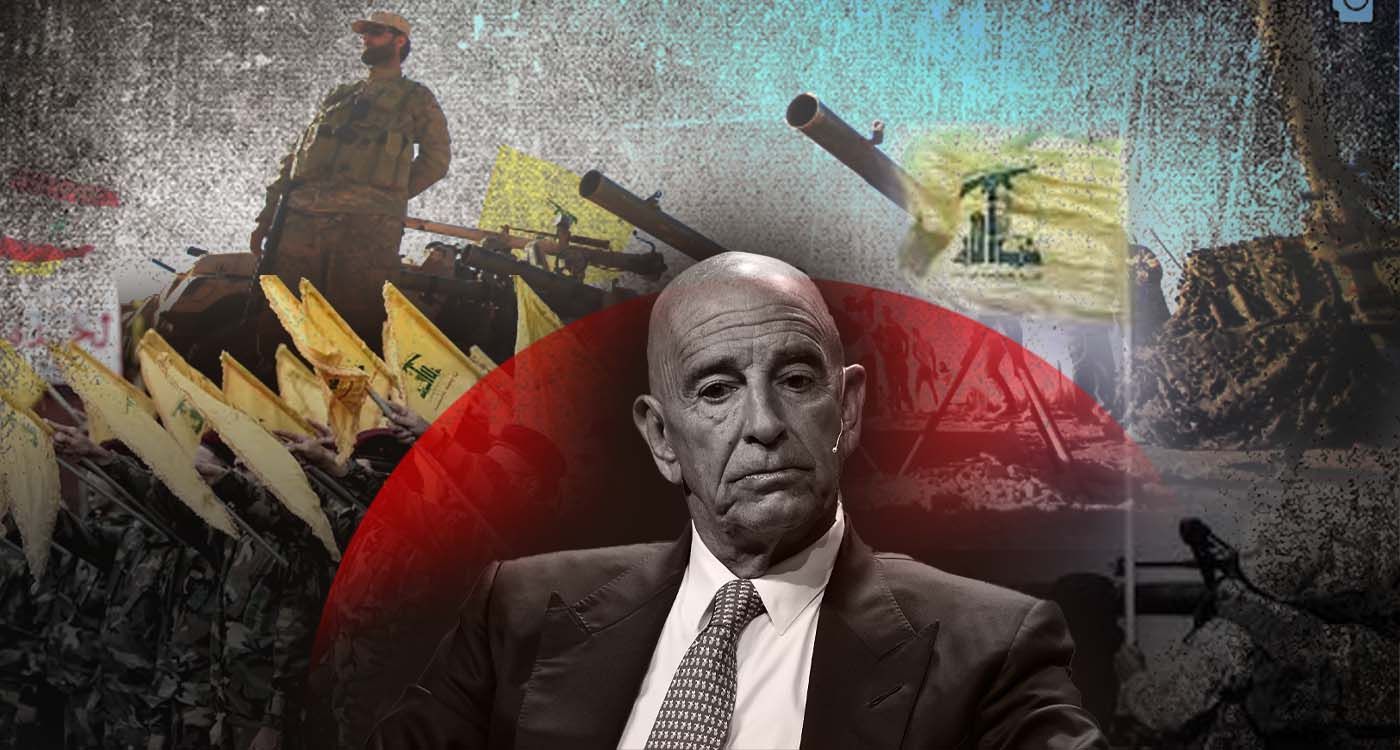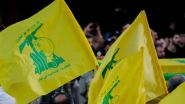
Six pages: that’s the full length of the US document handed to Lebanese authorities. The official response to those six pages is what US special envoy Tom Barrack will be seeking during his upcoming visit, scheduled on Monday.
For Lebanon’s leadership, the time has come to “step out of the shadows” and take clear, time-bound action. As has been evident across the board, patience is not exactly one of Donald Trump’s strong suits. The US president is growing increasingly weary of the Lebanese leadership’s political “belly-dancing.” And yet, the American proposal lays out a straightforward, almost obvious equation: the disarmament of Hezbollah by November, in return for Israel’s withdrawal from the five hilltops in South Lebanon still occupied since last autumn’s “brilliant victory,” which ended in the defeat of the Iran-backed militia.
In theory, nothing could be more aligned with the principle of national sovereignty. Both the Lebanese president’s inauguration address and the government’s policy statement are clear: only the state has the right to bear arms. And yet, on the ground, the reality tells a very different story. A militia, rooted in a transnational structure, continues to claim exclusive authority over decisions of war and peace. Hezbollah sends mixed signals and calls for a “national defense strategy” while simultaneously asserting a unilateral right to engage in conflict. The Iran-backed group takes part in state institutions, even as it erodes them from within by holding on to what remains of its illegitimate arsenal. This double game is wearing thin. After Iran’s repeated setbacks in its confrontation with Israel and the collapse of the Assad regime, Hezbollah has lost its backers, its supply routes and its funding.
Despite being stuck in a strategic deadlock, Hezbollah keeps fueling the myth of “resistance,” now sustained solely by rhetoric. As the militia’s secretary-general claims, “the weapons defended the country.” Did they really? It seems like we didn’t experience the same conflict. The facts are clear: Hezbollah is no longer a shield, it has become a burden and a source of provocation.
The Middle East’s geopolitical landscape has been radically reshaped over the past year and a half. In Syria, Ahmad al-Sharaa seems eager to make peace with Israel. Meanwhile, Iran, visibly unsettled, is turning inward—shaken by how effortlessly Benjamin Netanyahu won the 12-day war. What remains of the mullahs’ bunker-like military forces is now focused on crushing internal dissent and silencing a population stripped of its freedoms in the name of religion.
The US roadmap for Lebanon may well represent the last chance for a constructive way out. It doesn’t demand outright surrender; instead, it calls for a return to proper state authority. It offers a balanced deal: disarmament in return for withdrawal. An end to a frozen conflict that costs Lebanon more every day—in lives, in economy and in sovereignty. And above all: the green light for reconstruction, which is already hanging by a thread. No parallel weapons. No foreign agendas. And no more excuses.
The time has come to make a decisive choice. Either Hezbollah operates within the legal framework, where only the Lebanese army holds the legitimate authority to use force, or it continues down the path of a state within a state—bearing full responsibility for the country’s ultimate disintegration, a nation it undermines and hijacks. Lebanon can no longer tolerate this structural contradiction. History won’t tolerate endless ambiguity either. Otherwise, it won’t be long before Lebanon itself is reduced to a mere six pages—the record of a nation lost to stubbornness and blindness. Let’s spare ourselves the day when we, the citizens, are left to shed nothing but tears.




Comments